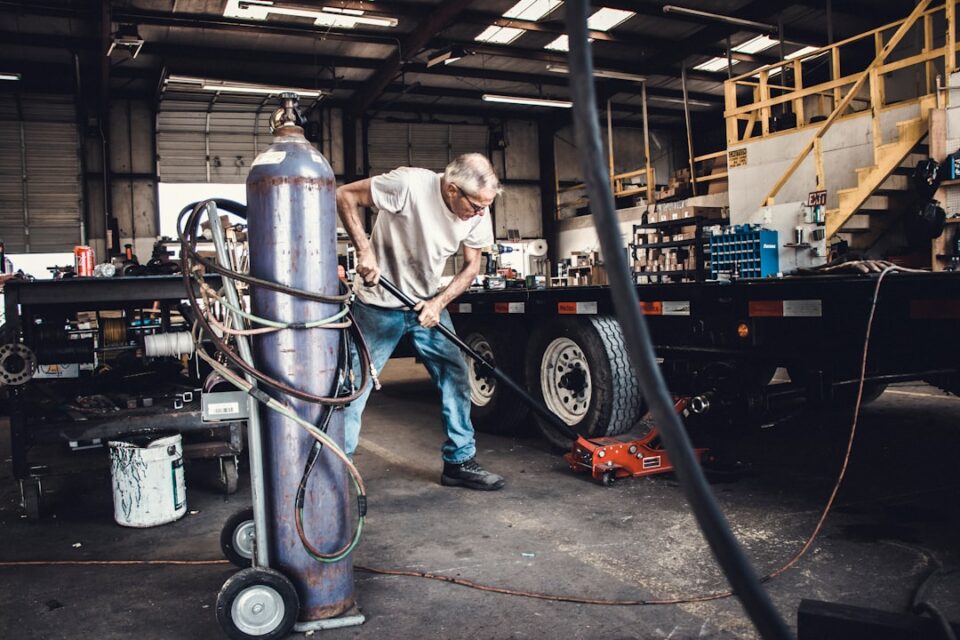Virtual reality (VR) technology has been steadily advancing in recent years, opening up endless possibilities across various industries. In the field of manufacturing design, VR has proven to be a game-changer, offering a range of benefits that can revolutionize the design process and significantly improve efficiency, accuracy, and overall outcomes. As the technology continues to mature and become more accessible, the potential of VR in manufacturing design is becoming increasingly evident.
One of the key advantages of VR in manufacturing design is the ability to create highly realistic and immersive virtual environments. Designers can now visualize and interact with their creations in 3D space, providing them with a level of detail and depth that was previously impossible to achieve. This allows for a more intuitive and hands-on approach to the design process, enabling designers to better understand the spatial relationships and ergonomic considerations of their products.
By immersing themselves in a virtual environment, designers can also more easily identify potential design flaws and make necessary adjustments before moving on to physical prototyping. This can help to streamline the design process, reduce the number of iterations needed, and ultimately save time and resources. In addition, virtual prototyping can also reduce the need for costly physical prototypes, as designers can test out different scenarios and configurations in the virtual environment before committing to a final design.
Another key benefit of VR in manufacturing design is the potential for collaboration and communication. With VR technology, designers and engineers can work together in virtual space, regardless of their physical location. This can facilitate real-time collaboration, enabling teams to share ideas, feedback, and revisions in a more efficient and effective manner. By breaking down geographical barriers, VR can help to streamline communication and decision-making processes, leading to faster and more informed design outcomes.
Furthermore, VR can also enhance the presentation and visualization of design concepts to stakeholders and clients. By immersing them in a virtual environment, designers can provide a more immersive and engaging experience, allowing stakeholders to better understand and appreciate the design intent. This can help to generate buy-in and support for the design direction, as well as facilitate feedback and revisions in a more collaborative and interactive manner.
In addition to enhancing the design process, VR technology can also be leveraged for training and simulation purposes in the manufacturing industry. By creating virtual simulations of manufacturing processes and equipment, employees can undergo training in a safe and controlled environment, without the need for physical machinery or risk of injury. This can help to improve workforce readiness, reduce training costs, and enhance overall operational efficiency.
Moreover, VR can also be used for predictive maintenance and troubleshooting in manufacturing settings. By integrating sensors and IoT devices into VR simulations, manufacturers can monitor the performance of their equipment in real-time and predict potential issues before they occur. This can help to reduce downtime, prevent costly repairs, and optimize production processes for maximum efficiency.
As VR technology continues to evolve and become more accessible, the potential applications in manufacturing design are virtually limitless. From streamlining the design process and enhancing collaboration to improving training and maintenance practices, VR has the power to transform the way manufacturers approach design and production. By embracing this technology and exploring its capabilities, manufacturers can unlock new opportunities for innovation, efficiency, and competitiveness in an increasingly complex and competitive global market.
In conclusion, the potential of virtual reality in manufacturing design is truly remarkable. As the technology continues to mature and become more accessible, its benefits are becoming increasingly evident across various aspects of the design and production process. From enhancing visualization and communication to improving training and maintenance practices, VR has the power to revolutionize the way manufacturers approach design and production. By leveraging this technology effectively, manufacturers can unlock new opportunities for innovation, efficiency, and competitiveness in an ever-evolving industry landscape.


